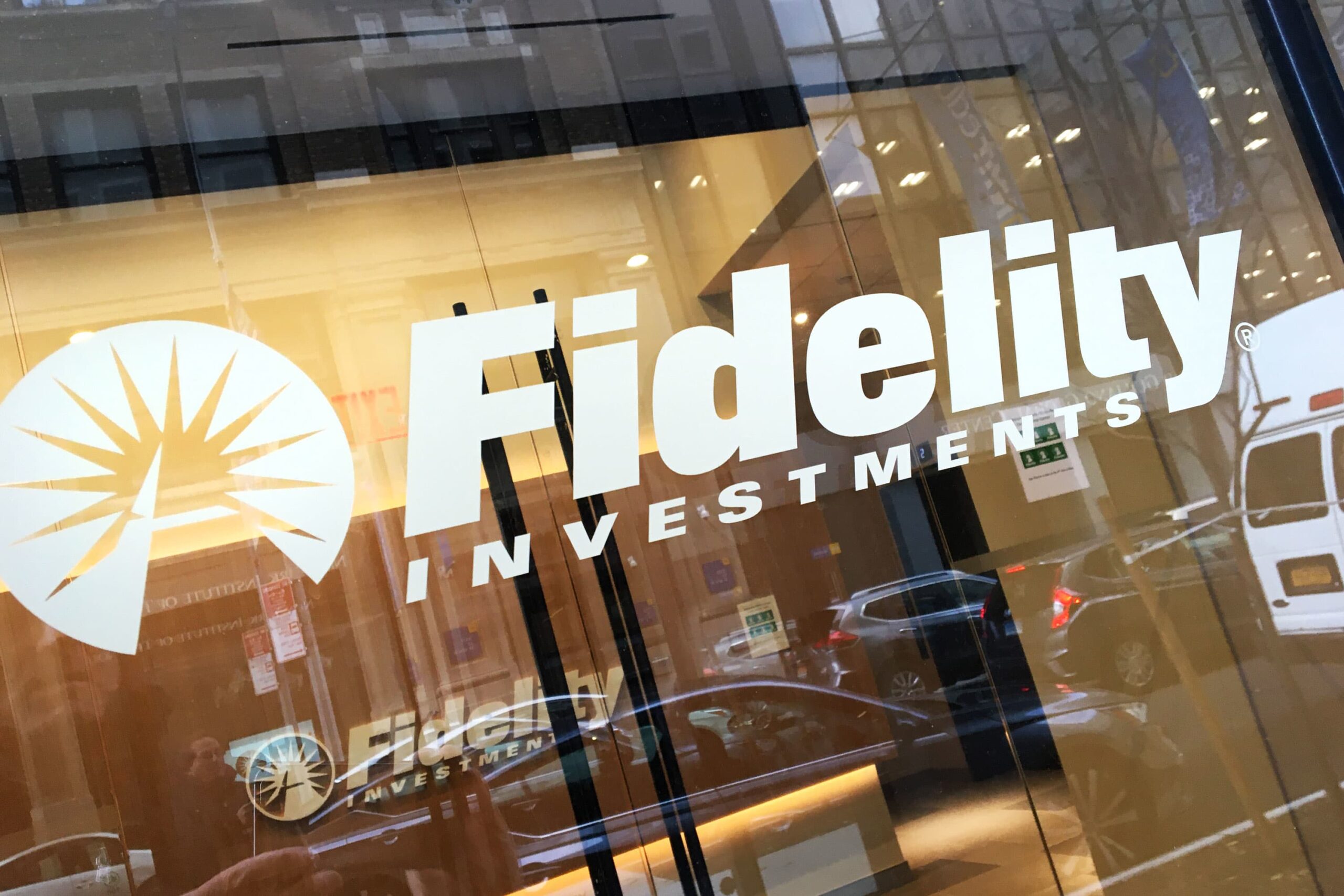 CaryptosHeadlines Media Has Launched Its Native Token CHT.
Airdrop Is Live For Everyone, Claim Instant 5000 CHT Tokens Worth Of $50 USDT.
Join the Airdrop at the official website,
CryptosHeadlinesToken.com
CaryptosHeadlines Media Has Launched Its Native Token CHT.
Airdrop Is Live For Everyone, Claim Instant 5000 CHT Tokens Worth Of $50 USDT.
Join the Airdrop at the official website,
CryptosHeadlinesToken.com
- Fidelity Investments launches new IRA allowing cryptocurrency investments, currently supporting Bitcoin, Ether, and Litecoin.
- Available IRA options include Fidelity Crypto Rollover IRA, Fidelity Crypto Traditional IRA, and Fidelity Crypto Roth IRA.
Fidelity Investments has recently launched a new type of individual retirement account (IRA) that allows private investors to include cryptocurrencies in their retirement portfolios.
This initiative is managed by Fidelity Digital Assets, the firm’s web3-focused subsidiary. The service, dubbed Fidelity Crypto for IRAs, currently supports investments in Bitcoin, Ether, and Litecoin, as outlined on the company’s website.

Investors interested in this new offering can choose from three types of IRA registrations: Fidelity Crypto Rollover IRA, Fidelity Crypto Traditional IRA, and Fidelity Crypto Roth IRA. However, access to these accounts is limited; investors must be U.S. citizens and at least 18 years old.
A representative from Fidelity emphasized the firm’s dedication to adapting to customer demands by offering innovative investment products and educational support. This development is part of Fidelity’s broader commitment to integrating digital assets into conventional financial portfolios.
The launch of Fidelity’s crypto-focused IRAs follows the creation of several digital asset investment vehicles. These include Volatility Shares’ exchange-traded funds that track Solana and proposed funds targeting other cryptocurrencies like Litecoin, BNB, and PENGU.
In terms of market capitalization, Bitcoin, Ethereum, and Litecoin are ranked first, second, and twenty-third, respectively, highlighting their popularity and acceptance in the investment community.
Beyond IRAs, Fidelity Investments has been exploring other avenues within the crypto currency space, including the tokenized U.S. Treasury market and a potential in-house stablecoin. Although Fidelity filed to launch a tokenized version of its U.S. dollar money market fund recently, conflicting reports suggest that the launch of a Fidelity-developed stablecoin may not be imminent.
The movement towards integrating stablecoins into mainstream finance continues to grow. Other financial entities, such as cryptocurrency custodian BitGo and the Trump-affiliated World Liberty Financial, have also entered the stablecoin market.
BitGo launched its USDS stablecoin in January, while World Liberty Financial plans to introduce a dollar-pegged USD1 stablecoin.
Meet USD1: the stablecoin built for institutions.@WorldLibertyFi is launching a fully-backed, dollar-redeemable stablecoin—secure, auditable, and designed for scale.
BitGo is delighted to provide custody and prime services, delivering the trust and infrastructure to global… pic.twitter.com/MhHUMvOF05
— BitGo (@BitGo) March 25, 2025
The increasing adoption of stablecoins since their introduction in 2014 reflects a significant shift in the cryptocurrency landscape. With various companies like Fidelity venturing into dollar-backed tokens, there is a race to establish a foothold in this expanding market.
Additionally, regulatory developments such as the proposed Genius Act by the U.S. Senate Banking Committee, which aims to create clear rules for stablecoin issuers, indicate a growing governmental focus on regulating this aspect of the financial sector.
The tide has turned in favor of digital assets here in America. I’m pleased to lead my colleagues in the GENIUS Act, which will help make our nation a positive environment for stablecoins and digital assets. pic.twitter.com/osNj1t7Qtj
— Senator Bill Hagerty (@SenatorHagerty) February 4, 2025
President Trump also advocated for straightforward regulations to maintain the U.S. dollar’s dominance, reflecting the strategic importance of stablecoins in the broader economic framework.













